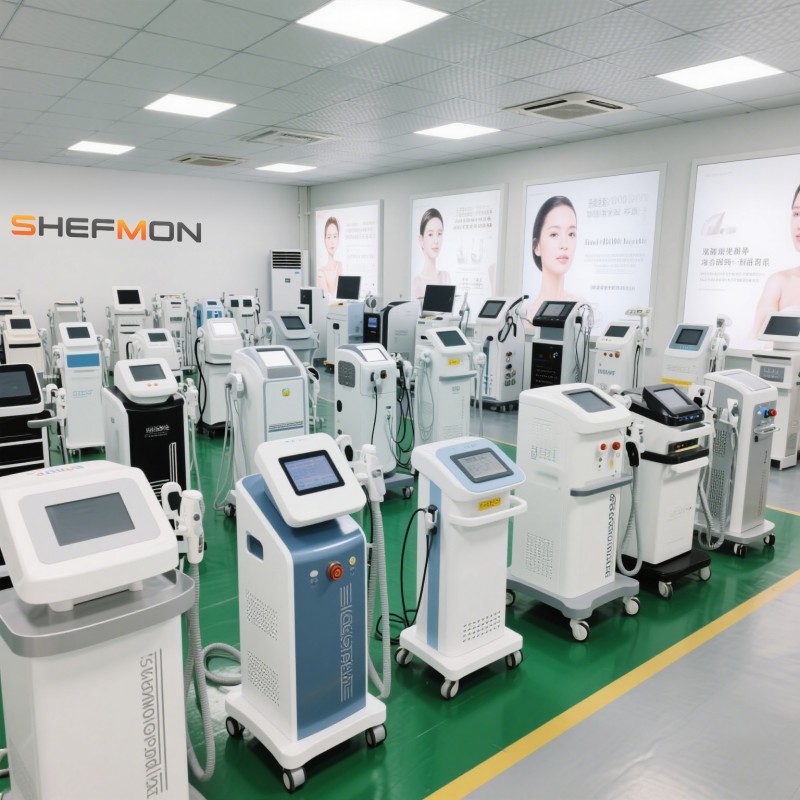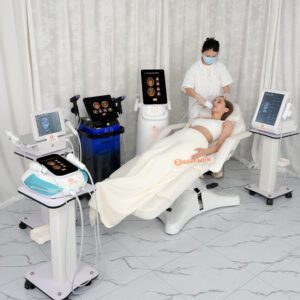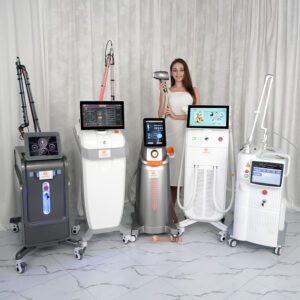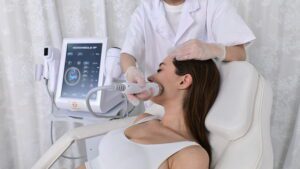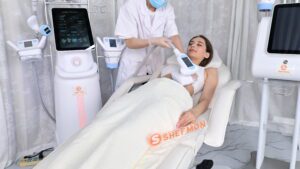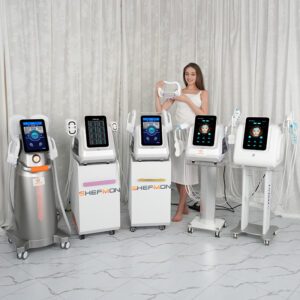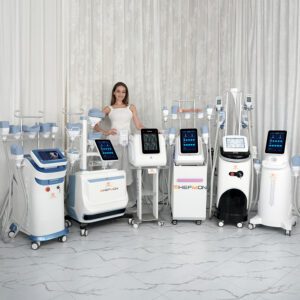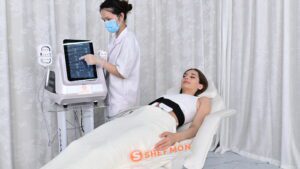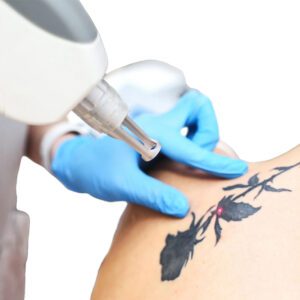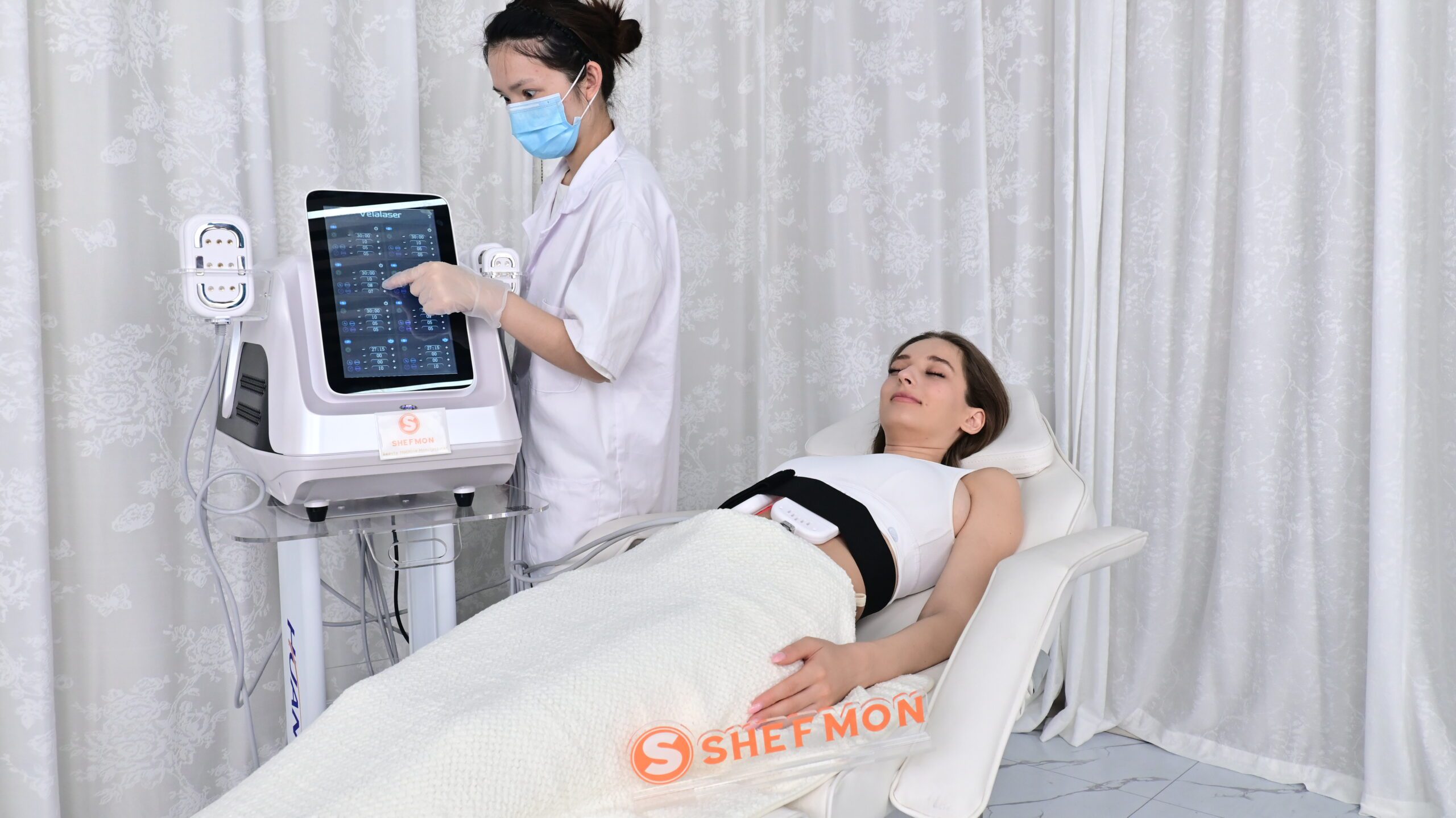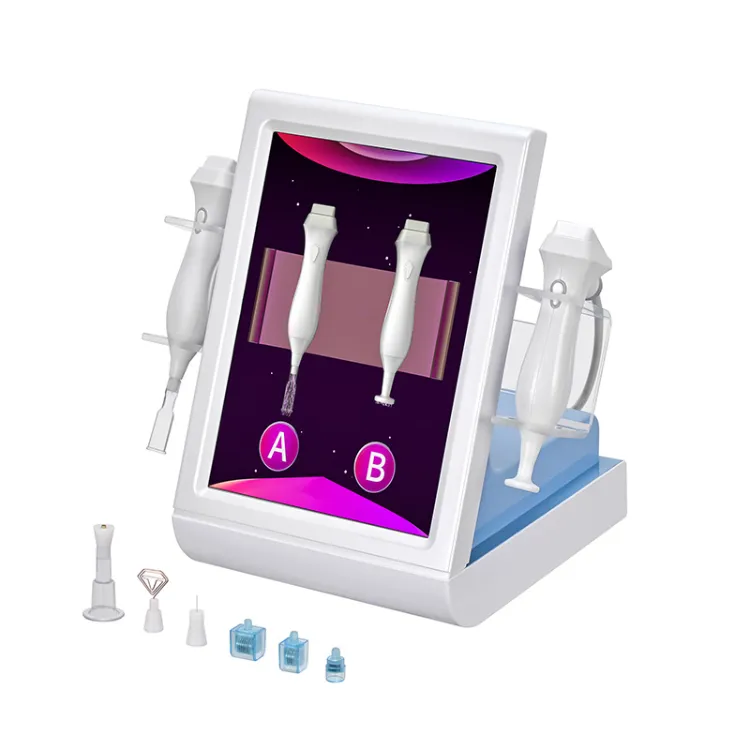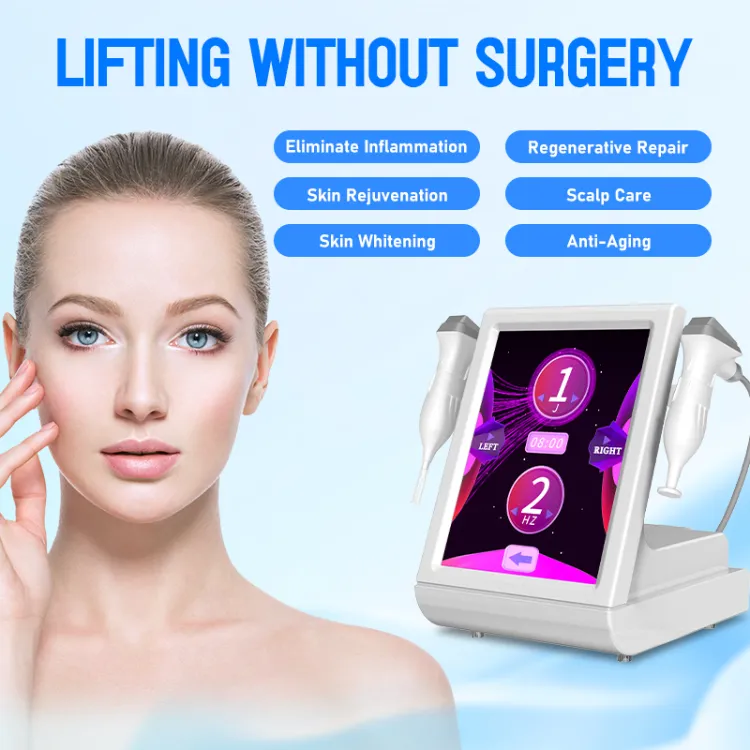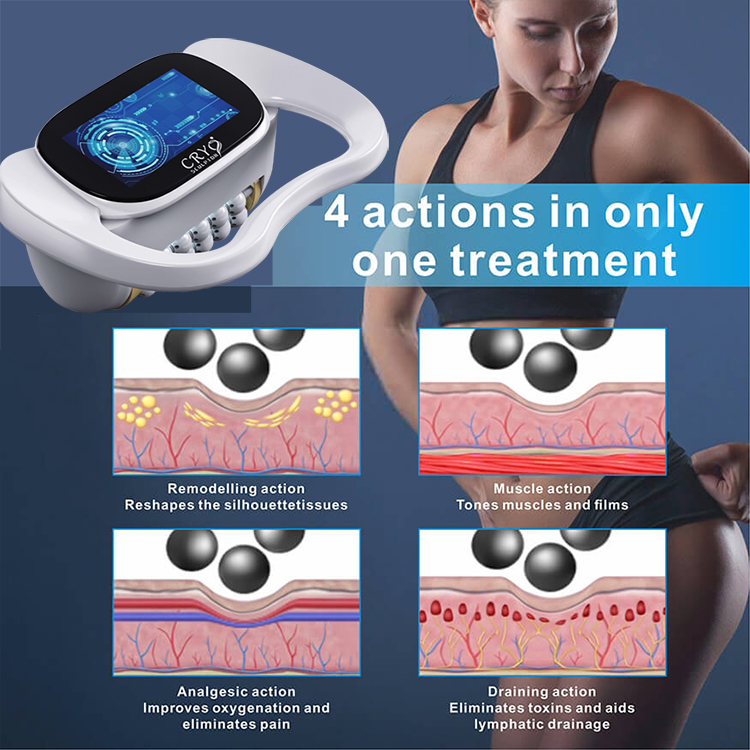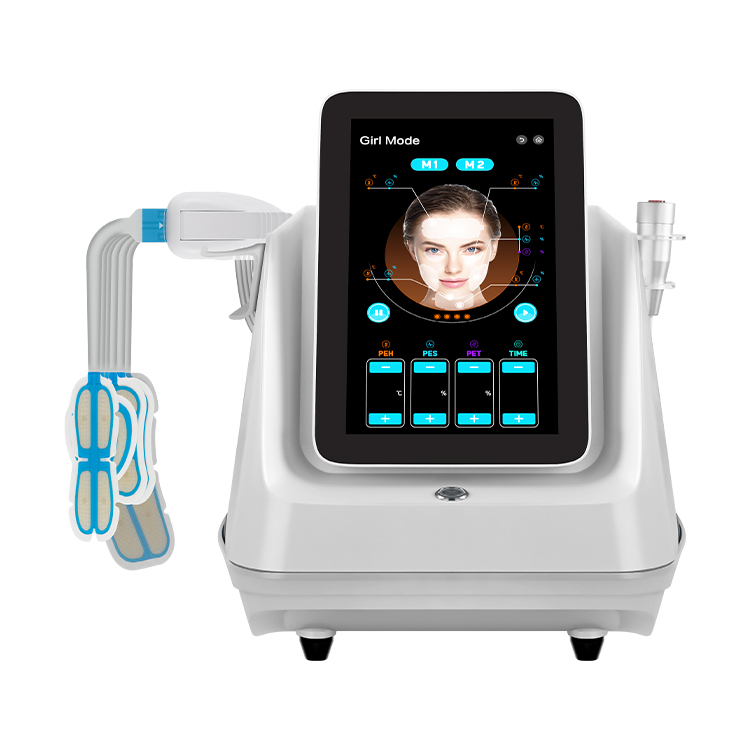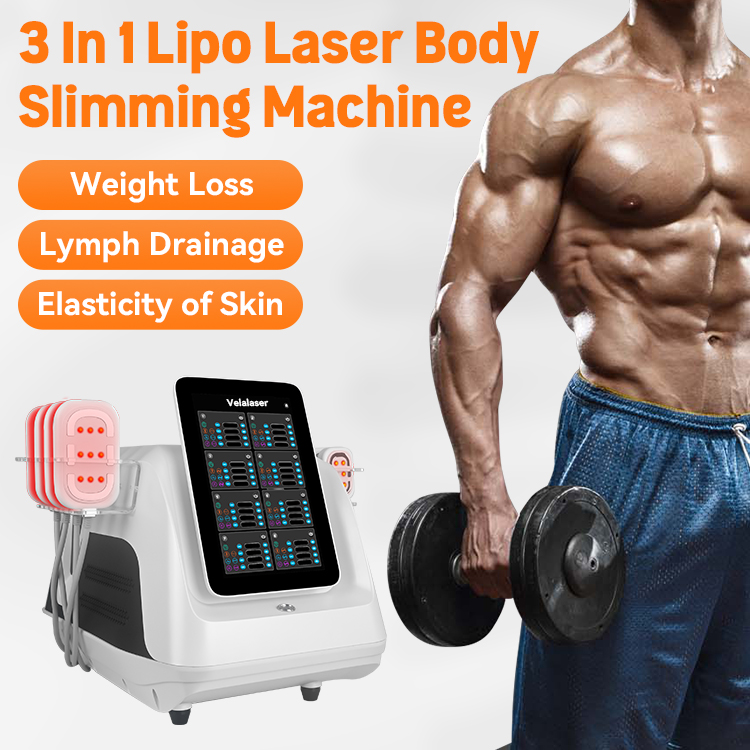最適化されたソリューション、専門的なバルブの知識、業界ニュースを共有する
ご希望の用語やキーワードを入力すると、検索結果に関連記事が表示されます。お探しの回答が見つからない場合は、お気軽にお問い合わせください。喜んでお手伝いいたします。または、beauty@shefmon.comまで直接メールでお問い合わせください。
美容医療機器に関連するリスクはありますか?
美容医療機器に関連するリスクはありますか?
導入
Let’s be real—everyone wants to look their best. With the booming beauty industry, cosmetic medical devices promise impressive results without going under the knife. But as with any medical or aesthetic treatment, they’re not completely risk-free. Understanding the potential dangers can help you make safer, more informed choices.
Understanding Cosmetic Medical Devices
What Are Cosmetic Medical Devices?
Cosmetic medical devices are tools or machines used for aesthetic purposes such as skin tightening, fat reduction, or hair removal. They’re often seen as a safer alternative to surgery because they’re non-invasive or minimally invasive.
Common Types of Devices Used in Aesthetic Treatments
Laser devices for hair removal or pigmentation.
Radiofrequency (RF) machines 肌を引き締めます。
Cryolipolysis (fat-freezing) systems for body contouring.
Microneedling pens for collagen induction.
Ultrasound cavitation for fat breakdown.
Why People Choose Cosmetic Devices
The Popularity of Non-Surgical Beauty Treatments
These treatments are fast, often painless, and require little to no downtime. For busy people, it’s an appealing way to maintain a youthful look without surgery.
Benefits That Attract Users
自然な仕上がり
Affordable compared to cosmetic surgery
Quick procedures and recovery
最小限の不快感
How Cosmetic Medical Devices Work
Mechanisms Behind Laser, RF, and Ultrasound Devices
Each technology uses energy—like heat, light, or sound—to target specific tissues. For example, lasers focus light to remove hair or resurface skin, while RF uses heat to tighten collagen fibers.
The Role of Medical-Grade Equipment
Medical-grade devices are designed with safety controls and are usually approved by regulatory authorities. However, misuse or unregulated equipment can cause burns, scarring, or worse.
Potential Risks of Cosmetic Medical Devices
Short-Term Side Effects
赤みや腫れ
Temporary pain or bruising
Skin sensitivity
Long-Term Health Risks
Scarring or hyperpigmentation
Burns from excessive energy
Tissue damage due to improper calibration
In rare cases, infection or allergic reactions
Device-Specific Risks
Risks of Laser Treatments
Improper use can lead to burns, eye injuries, or uneven skin tone. Always wear protective goggles during procedures.
Risks of Radiofrequency Devices
RF devices generate heat. If applied too long or at the wrong settings, they can cause burns or fat atrophy (loss of fat tissue).
Risks of Cryolipolysis (Fat Freezing)
Although non-invasive, fat-freezing can cause paradoxical adipose hyperplasia, a rare condition where fat cells enlarge instead of breaking down.
Risks of Microneedling Devices
If not sterilized properly, microneedling pens can cause infections or scarring.
Risks of Ultrasonic Cavitation
Some users may experience temporary swelling, bruising, or liver strain due to fat metabolization.
The Importance of Proper Device Certification
FDA and CE Certifications Explained
Certified devices undergo rigorous testing to ensure safety and effectiveness. Always verify that your clinic uses FDA- or CE-approved machines.
Dangers of Unapproved or Counterfeit Devices
Cheap, unapproved devices often lack safety features and may deliver inconsistent energy levels, increasing risk of injury.
The Role of the Practitioner
Why Professional Training Matters
Even the best device can be dangerous in untrained hands. Skilled practitioners understand skin types, energy levels, and safety protocols.
Risks of Untrained or Unlicensed Operators
Unlicensed operators may ignore contraindications or overuse the device, leading to burns or scarring.
Infection and Hygiene Concerns
How Poor Sterilization Can Cause Problems
Reusable tools must be cleaned and sterilized. Poor hygiene can introduce bacteria into the skin, causing infections.
Preventing Cross-Contamination
Clinics should use disposable tips or sterilize equipment after every session to avoid spreading infections.
Patient Suitability and Pre-Treatment Screening
Why Medical History Matters
Certain conditions, like diabetes or skin disorders, may increase risk. Always share your full medical history before treatment.
Skin Type and Device Compatibility
Not all devices suit every skin tone. For instance, some lasers can cause pigmentation issues in darker skin.
What to Watch Out For After Treatment
Signs of Complications
Watch for:
Persistent redness or pain
Unusual swelling or blistering
Pus or infection
When to Contact a Medical Professional
If symptoms last longer than a few days or worsen, consult your provider immediately.
How to Minimize the Risks
Choosing a Certified Clinic
Select a clinic that uses approved devices and employs licensed professionals.
Asking the Right Questions
Ask:
Is the device FDA or CE approved?
Who performs the treatment?
What are possible side effects?
Following Aftercare Instructions
Proper aftercare—like avoiding sun exposure or using soothing creams—reduces the risk of complications.
Recent Advances Improving Safety
AI and Smart Monitoring in Aesthetic Devices
Modern devices use AI to adjust energy levels in real-time, improving safety.
Modern Cooling and Sensor Technologies
Built-in cooling and skin sensors help prevent overheating or burns.
Legal and Ethical Considerations
Consumer Rights in Aesthetic Treatments
You have the right to informed consent and clear explanations of risks.
Reporting Adverse Events
If a treatment causes harm, report it to local health authorities or the device manufacturer.
結論
Cosmetic medical devices can deliver amazing results—but they’re not without risks. By choosing certified equipment, trained professionals, and following aftercare advice, you can enjoy the benefits safely. Always remember: beauty is an enhancement, not a race.
よくある質問
1. Are cosmetic devices safe for all skin types?
Not always. Some devices may not suit darker or sensitive skin. Always consult a licensed expert first.
2. Can I use at-home versions safely?
At-home devices can be effective, but improper use may cause burns or irritation.
3. What happens if a device isn’t certified?
Unapproved devices may lack safety controls and increase the risk of injury.
4. How can I tell if a practitioner is licensed?
Check for official medical or aesthetic licenses and certifications before booking.
5. 結果は永続的ですか?
Most treatments offer temporary improvements; maintenance sessions may be needed.
